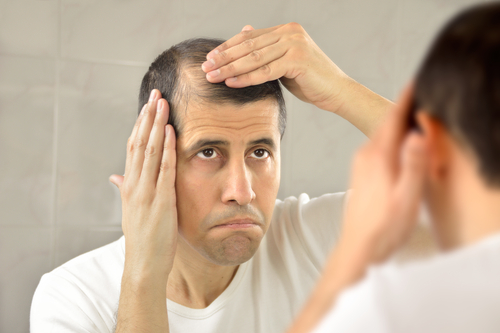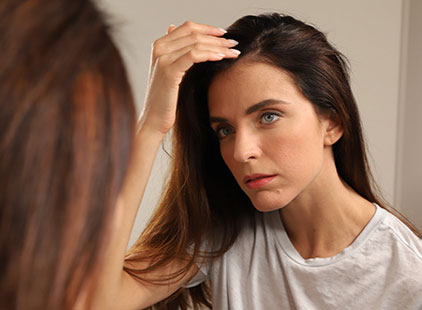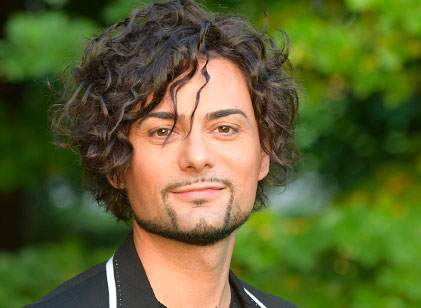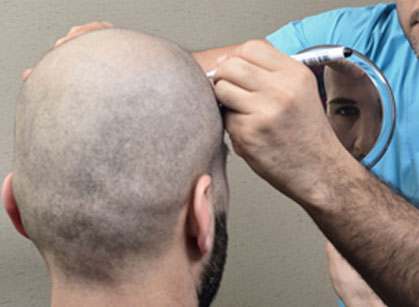The nature of the different types of hair loss is not easy to identify: it may differ on the basis of the affected areas of the scalp or of the causes that triggered it. Thus, various types of hair loss can be identified, each presenting different degrees of severity, different causes and specific remedies.
– Hair loss occurs in different ways in men and women: the receding hairline is typical of the hair loss and thinning in men, while in women thinning occurs over the entire scalp.
– Hair loss may be reversible (temporary) or permanent, with the death of the hair follicles (scarring)
– When the hair loss, although anomalous, is reversible, it is known as telogen effluvium
– Instead, Telogen Defluvium is a definitive loss of hair, which involves the progressive loss of hair follicles
– When hair falls out more abundantly but physiologically in the spring or autumn, we are talking about seasonal hair loss
– A growing number of young people are afflicted by premature baldness, making the phenomenon of young hair loss a truly common one
– The loss of hair may be a source of psychological problems, which may cause depression
– We can also include itchiness of the scalp among the possible causes of hair loss, when this is symptomatic of particular illnesses
– Male hair loss is assessed with the Hamilton-Norwood Scale, which measures the progressive hairline recession and thinning
– Female hair loss is assessed with the Ludwig Scale, which measures the thinning
– When hair loss is hereditary, it is called androgenetic alopecia (pattern hair loss) or baldness
– If hair loss is caused by excess sebum deposited on the scalp, we are talking about seborrheic hair loss.
– Periods of high and prolonged stress may also destabilize hair, causing hair loss due to stress (psychogenic alopecia)
– Trichotillomania alopecia occurs when hair falls out following the continuous traction and tearing due to the habit of continuously pulling one’s hair
– Intervention with the right remedies within the right time frames is fundamental for resolving (or at least limiting) the consequences of hair loss.
There are different degrees of solutions and treatments, which go from aesthetic hair replacement remedies to pharmaceutical and trichological treatments such as that offered by the CRLab line.
– Our experts are available to answer all doubts and questions on hair loss and on how to avoid it by maintaining healthy skin and hair.

 Italiano
Italiano  Português
Português  Français
Français  Español
Español 



